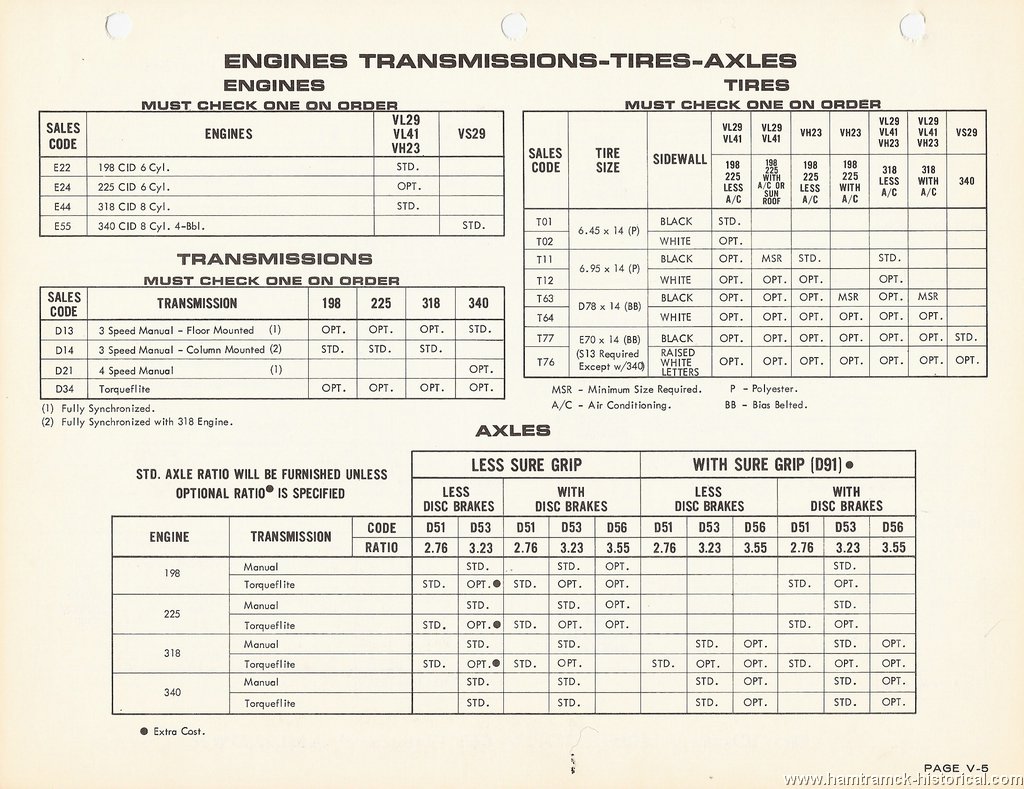1972 Duck-Tail Spoiler
* The book says, that only '3' made it on the 1972 GTO as it rolled off the assembly line.
* They were supposed to be 'standard' on the 1972 GTO.
* During the 'first' trial-test run off the assembly line, the Duck-Tail ripped off the GTO trunk deck-lid
at 75 MPH.
* Pontiac said the proto-type mold broke, so they couldn't produce the Duck-Tail unit anymore.
* Can you say......Insurance Liability.
* A 'new' Rear-Wing Spoiler was designed, and was now offered as an 'option'.
* Freakin' Wings................should only be eaten.
* The book says, that only '3' made it on the 1972 GTO as it rolled off the assembly line.
* They were supposed to be 'standard' on the 1972 GTO.
* During the 'first' trial-test run off the assembly line, the Duck-Tail ripped off the GTO trunk deck-lid
at 75 MPH.
* Pontiac said the proto-type mold broke, so they couldn't produce the Duck-Tail unit anymore.
* Can you say......Insurance Liability.
* A 'new' Rear-Wing Spoiler was designed, and was now offered as an 'option'.
* Freakin' Wings................should only be eaten.

















